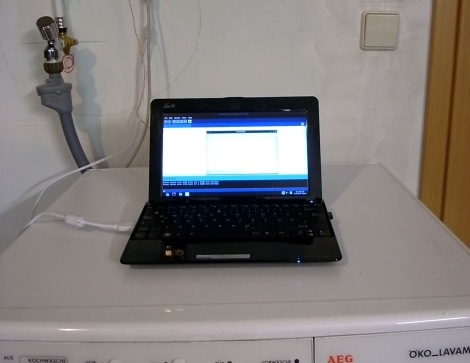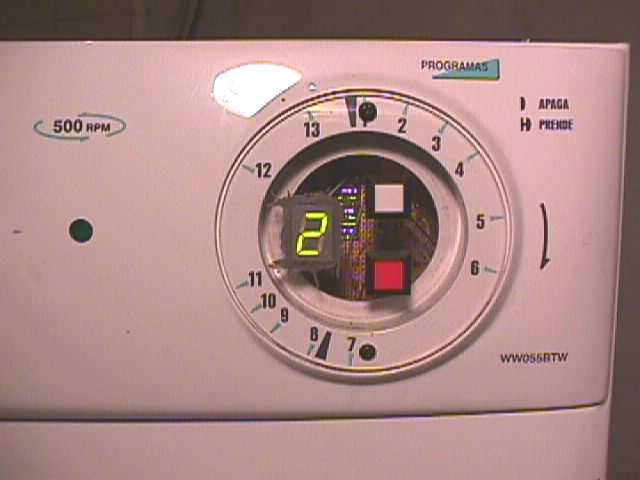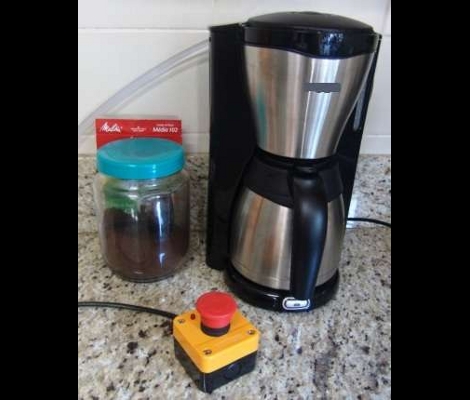
[Micha’s] washing machine is equipped with a rather inaccurate timer, so it is always difficult to estimate when the load will be finished. Since it is located in his basement, he hated having to check on the machine continually to know when his clothes were done. Instead of hauling up and down the stairs over and over, he decided to hack in an “end of cycle” notifier of his own.
The washer has an LED that lights when it is finally done doing its thing, so [Micha] removed the LED and soldered in two wires, which he then connected to his Arduino. When the washer is finished and the LED should be lit, the Arduino senses that the input has been pulled low, signaling the end of the cycle. The Arduino was hooked into his home network via an Ethernet shield, enabling him to monitor the process from the comfort of the nearest web browser.
It’s a clever implementation, and it sure saves him a lot of time trudging up and down the stairs. Nice job!












